How Do You Topple an Empire?
How do you bring the most powerful empire on earth to its knees? Do you use legions of soldiers? A brilliant political plot? Economic sabotage? What if I told you that one of the greatest empires in history was shattered not by a sword or a scheme, but by something so small it was invisible? A silent, microscopic passenger traveling on the back of a flea, which was itself a passenger on the back of a rat. This is the story of a world at the height of its glory, a visionary emperor on the verge of restoring a lost golden age, and the pandemic that burned it all to the ground. This is the story of the Plague of Justinian, a catastrophe that has been overshadowed by its more famous cousin, the Black Death, but whose impact arguably carved the world we live in today.
The World on the Eve of Disaster
To understand the scale of the devastation, you have to first see what was lost. Picture the world in the year 540 AD. The Western Roman Empire is a fractured memory, carved up by barbarian kingdoms. But in the East, the Roman flame still burns brightly. The Byzantine Empire, centered in the magnificent city of Constantinople, is a global superpower. And at its helm is one of the most formidable figures in history: Emperor Justinian I. Justinian was a man who dreamt in marble and gold. He wasn’t just a ruler; he was a restorer. His life’s ambition was to reconquer the lost western territories and stitch the Roman Empire back together. And for a while, it looked like he would actually do it. His brilliant generals were winning victories in North Africa and Italy. He codified a thousand years of Roman law, a legal masterpiece that still influences our world. He built the Hagia Sophia, a church so vast and beautiful it was said to have been designed by angels. The empire was rich, it was powerful, and it was confident. It felt like the dawn of a new golden age.
The Unseen Invader
But the very thing that made Justinian’s empire so powerful was also its greatest vulnerability: its connectivity. Constantinople was the heart of the world, and trade routes were its arteries, pumping goods, ideas, and people from Asia, Africa, and Europe. And in the year 541, something else began to flow through those arteries. It started in the port of Pelusium in Egypt, a bustling hub for grain shipments destined for the capital. Historians believe that hidden in those grain shipments were rats, and on those rats were fleas, and in those fleas was the bacterium Yersinia pestis. The plague. It traveled silently, efficiently, moving from port to port, city to city, following the very paths that carried the empire’s wealth. When it reached Constantinople, a city of half a million souls packed behind massive walls, it found a perfect incubator.
The City of the Dead
The historian Procopius was there, and he watched the horror unfold with his own eyes. At first, it was just a few people with fevers. But then the numbers grew. The symptoms were terrifying. Victims would develop a high fever, but they wouldn’t be hot to the touch; their bodies felt strangely normal. They would be overcome by a deep, unnatural lethargy or, conversely, a frantic, delirious madness. And then came the tell-tale sign: the buboes. Swollen, painful lumps in the groin, armpits, or neck, the body’s lymph nodes screaming under the bacterial assault. At its peak, Procopius claims the death toll in Constantinople reached ten thousand people a day. The city’s intricate systems of life broke down. There was no one to bake bread, no one to enforce the law, no one to bury the dead. The graveyards overflowed. Bodies were stacked in the streets, left in houses. Eventually, Justinian ordered men to start filling the abandoned watchtowers on the city walls with corpses. The stench of death hung over the most glorious city in the world like a shroud. This wasn’t war. This was something else. This was a judgment. It felt like the end of the world.
The Emperor’s Fever
And in this story of biblical devastation, not even the emperor was spared. Justinian, the man whose name would become synonymous with the plague itself, fell ill. The ruler of the Roman world, the man who commanded vast armies and saw himself as God’s regent on Earth, was struck down by the same invisible enemy that was killing his poorest subjects. The news must have sent a shockwave of terror through the empire. If Justinian could get it, no one was safe. The empire held its breath. Miraculously, against all odds, he survived. But he was a changed man, ruling over a changed world. The boundless optimism of his early reign was gone, replaced by a grim, somber reality. He had stared into the abyss, and the abyss had stared back.
The Scars on the World
The plague did not just pass. It came in waves, returning every few years for the next two centuries. The total death toll is impossible to know for sure, but modern estimates suggest that between 25 and 50 million people perished, perhaps a quarter of the world’s population at the time. The consequences were staggering. The economy collapsed. With so many dead, there weren’t enough farmers to till the fields or workers to man the workshops. The state’s tax base evaporated. The military was decimated. Justinian’s dream of a restored Roman Empire died with the plague victims. His reconquered territories in Italy were soon lost. The empire was left hollowed out, a shadow of its former self, permanently on the defensive.
A New Map, A New Faith
History doesn’t happen in a vacuum. The Plague of Justinian didn’t just weaken one empire; it created a power vacuum that would change the world forever. For centuries, the two great superpowers of the region, the Byzantines and the Sassanian Persians, had been locked in a grinding stalemate. The plague hit them both with equal fury, leaving them both critically weakened. And so, when a new, dynamic force erupted out of the Arabian peninsula a century later, united by the new faith of Islam, they found two exhausted giants in their path. It’s one of history’s great “what ifs.” Would the Arab conquests have been so swift and so successful if the old empires hadn’t been hollowed out by disease? The plague didn’t cause the rise of Islam, but it may have created the conditions that allowed it to flourish, redrawing the religious and political map of the world in a way that is still with us today.
The Human Response
But the deepest legacy of the plague isn’t just in the maps and the history books. It’s in us. It’s in how we, as humans, respond to a crisis that we cannot see or control. Procopius wrote about how the plague seemed to dissolve the rules of society. The pious became criminals, and criminals performed acts of charity. People lived for the moment, spending their money wildly, believing there would be no tomorrow. They looked for scapegoats. They looked for miracles. They saw the plague as a divine punishment for their sins, a sign of God’s wrath. It’s a pattern that repeats itself throughout history, a mirror to our own reactions in the face of overwhelming catastrophe. We search for meaning, we bargain with fate, and we are humbled by the realization that for all our power and all our knowledge, we are still profoundly vulnerable.
The Invisible Architects
The Plague of Justinian is a stark and terrifying reminder that the most powerful forces in human history are not always the ones we see. It’s not always the emperors, the generals, or the politicians who shape our destiny. Sometimes, it’s the bacteria. Sometimes, it’s the virus. Sometimes, it’s the invisible currents of climate or disease that act as the silent architects of our world. It forces us to ask a humbling question: how much of our history, and how much of our future, is truly in our control?
What do you think? What other invisible forces do you see shaping our world today that we might be underestimating? And what can these stories from the deep past teach us about navigating the crises of our own time? I’d love to hear your thoughts in the comments.


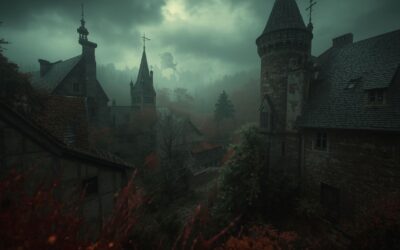
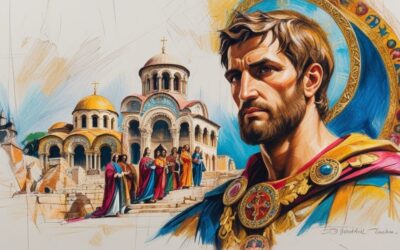
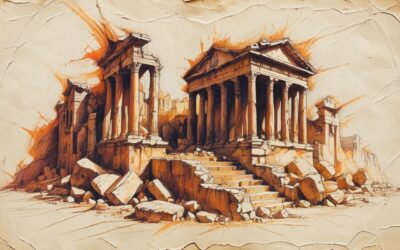


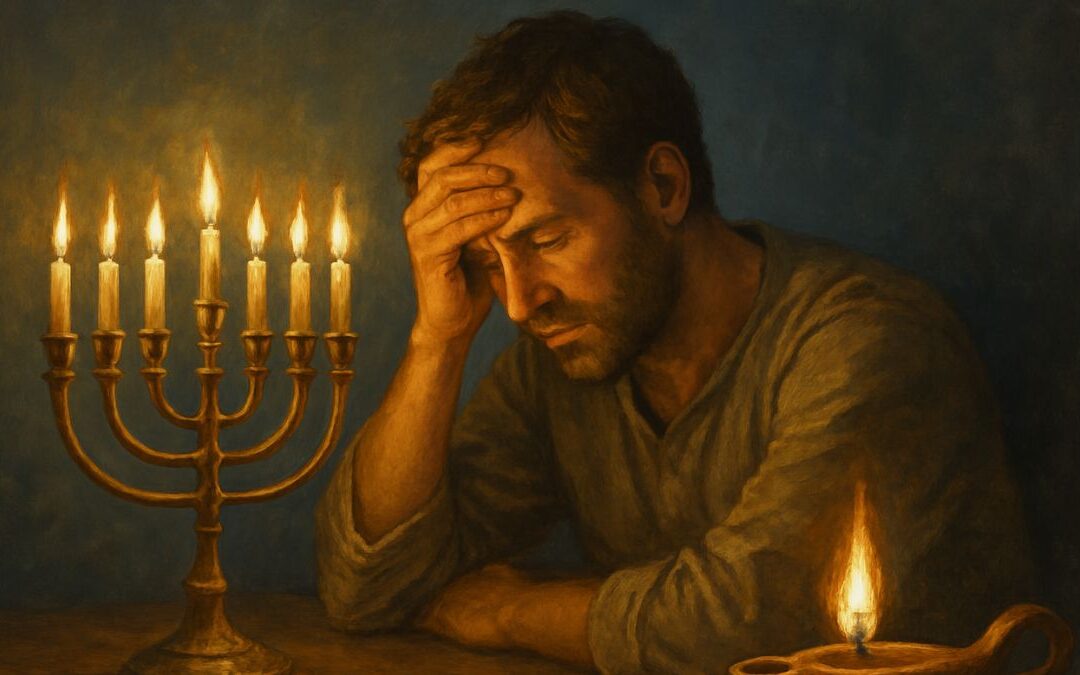

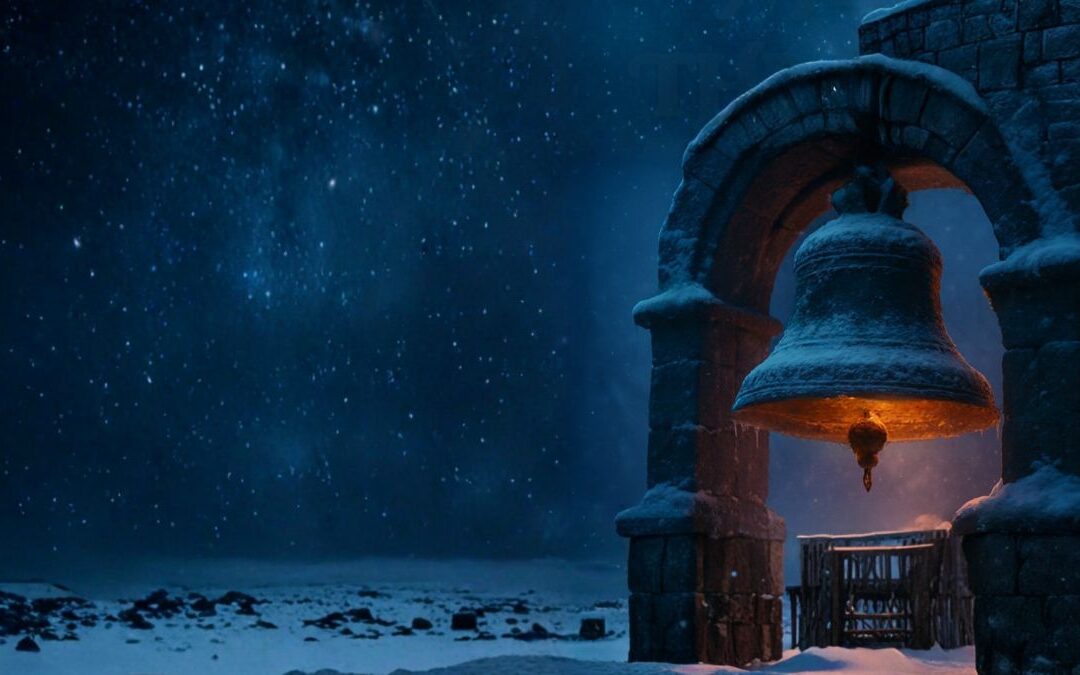
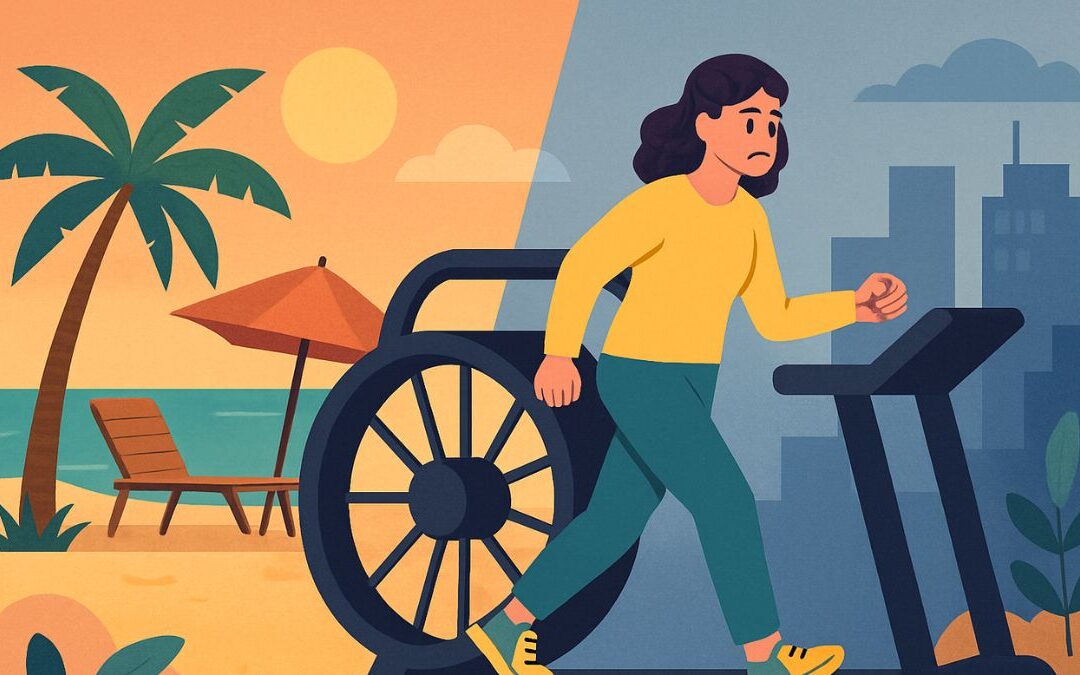
0 Comments